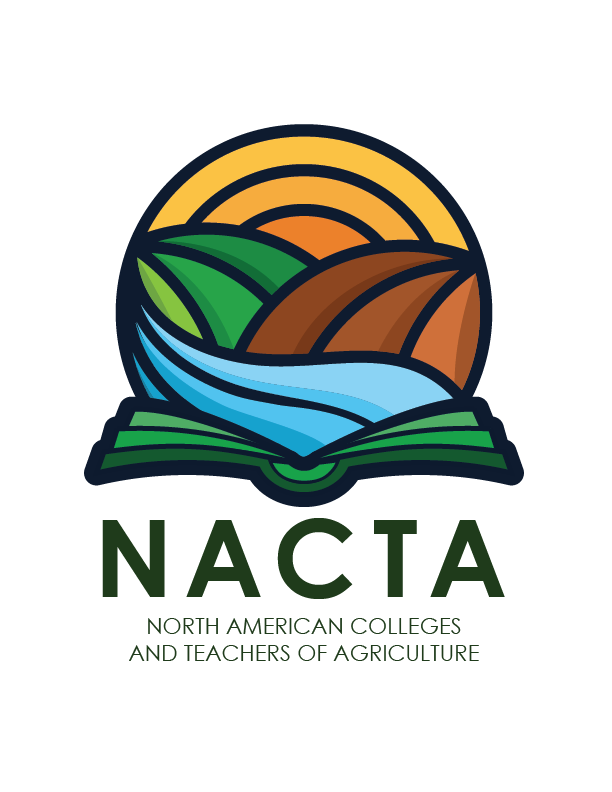Abstract:
This study compared student learning outcomes from two teaching methodologies about site planning for protected environment structures (PES): a traditional summary lecture presentation and an asynchronous web-based method that included a case s t u d y (www.hightunnels.org/planningcasestudy.htm) followed by an all-class discussion. Students were divided into two groups and each experienced both methodologies; however, the order in which the groups received the methodologies was reversed. A quiz was given after each method, and questions were designed to assess knowledge gained, higher-order learning, and student perception of how confident they would be in solving actual site planning scenarios. Overall quiz scores improved after both quizzes for both groups. When questions were categorized as lower-order versus higher-order learning, a greater increase in scores was observed in higher-order learning. Although students' perceived confidence was not influenced by which method was received first, their confidence increased after experiencing both methods. Rather than one teaching method being superior to the other, this study suggests that it is beneficial to use both. Interestingly, while students overwhelmingly preferred to receive the summary lecture before the web-based method, no significant difference in test scores occurred between the two orders, suggesting that neither order offered any advantage.
Keywords:
summary lecture, web-based methods, site planning, environment structures



